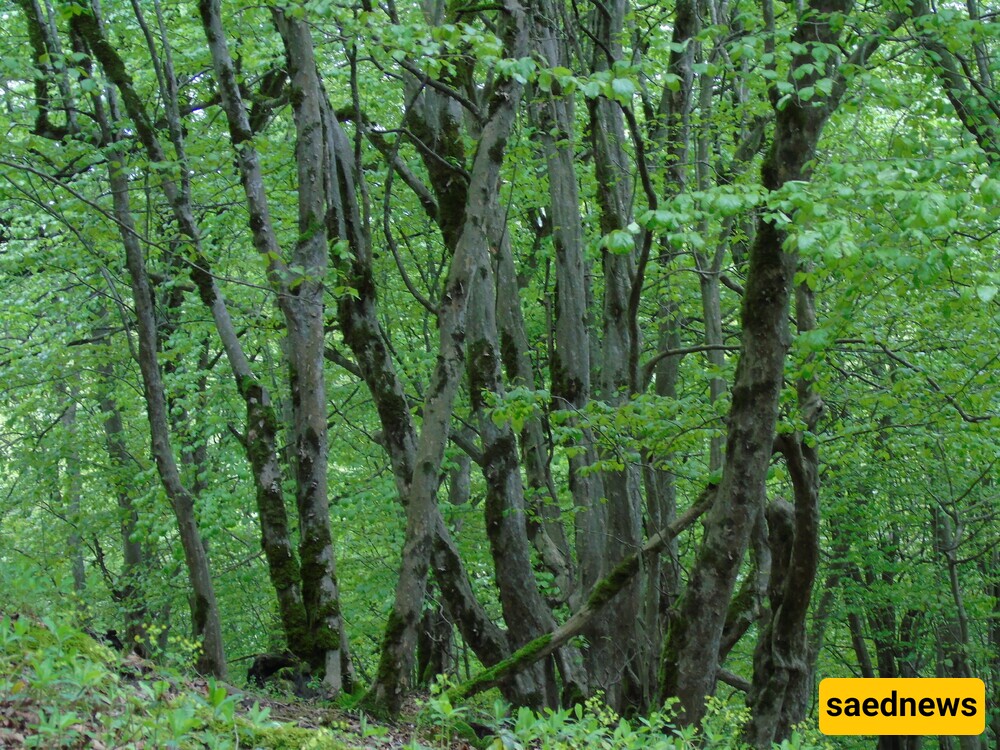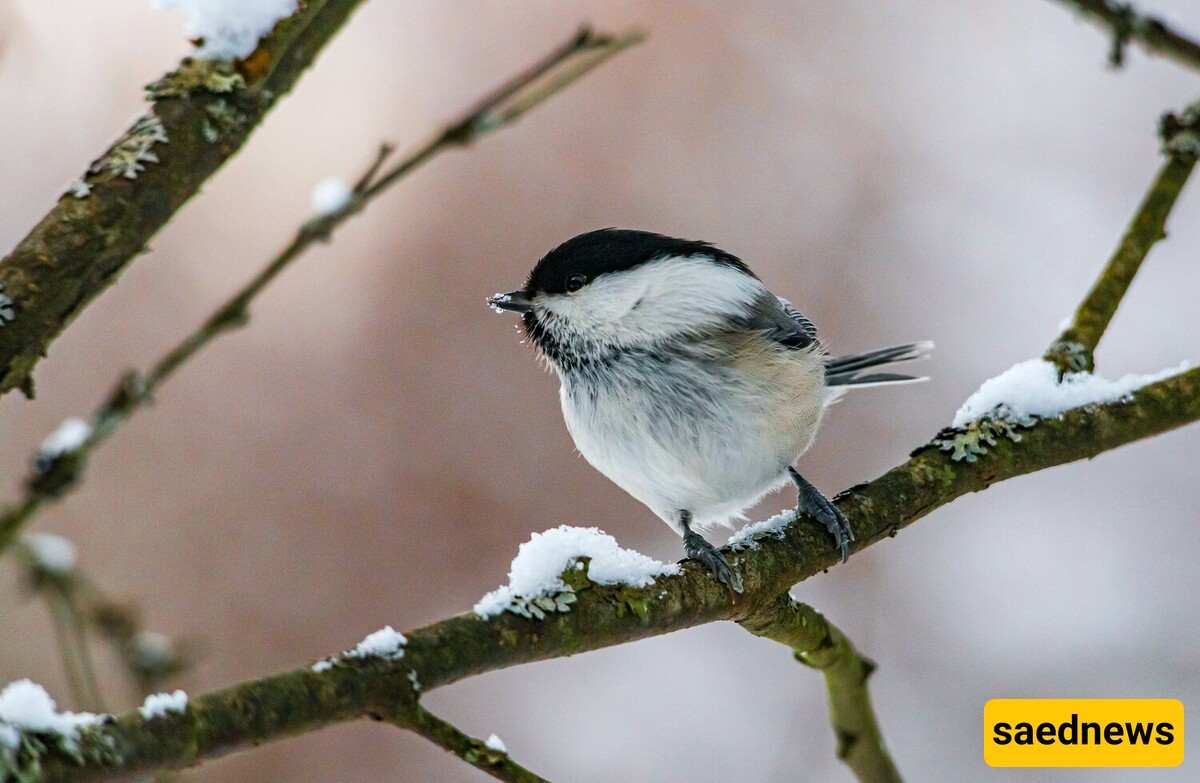SAEDNEWS: The Caspian Hyrcanian Forests, a World Heritage site along the Caspian Sea and Alborz Mountains, date back millions of years. This ancient forest hosts diverse flora and fauna, including unique species, making it an essential ecosystem. Its preservation is vital to maintain this rare natural sanctuary.

According to SAEDNEWS, the Caspian Hyrcanian Forests, some of the oldest surviving forests on Earth, stand as a living testament to the ancient world. Spanning the southern coastline of the Caspian Sea, primarily in Iran and stretching into Azerbaijan, these forests encompass over 55,000 square kilometers. Their roots date back more than 25 million years to the Tertiary period, a time when many of today’s ecosystems had yet to emerge. Nestled between the Caspian Sea to the north and the Alborz Mountains to the south, this forest benefits from a unique climate, creating ideal conditions for a vast range of plants and animals.
In 2019, UNESCO recognized the forest’s irreplaceable value, adding it to the World Heritage list. This distinction underscores the forest’s exceptional biological richness and its value as a “natural museum,” showcasing a type of ecosystem rarely found today. These dense, green forests provide a rare look into the natural history of our planet, inspiring researchers, conservationists, and nature lovers alike.
The Caspian Hyrcanian Forests host an impressive variety of plant species, with over 3,200 documented types. Towering trees like beech, oak, hornbeam, and maple—many surpassing 50 meters in height—form a multi-layered canopy that shelters numerous habitats. Beneath these giants, shrubs, wildflowers, and ferns flourish, supporting a rich web of life. Notably, the forest contains relict plant species, survivors from prehistoric eras that have vanished from other regions.
The area also supports rare medicinal plants that have long been used by local communities. Wild herbs such as valerian, chicory, and savory thrive here alongside fruit-bearing trees like Persian walnut and wild pear. This remarkable plant diversity maintains an ecological balance essential for supporting countless animal species.

The Hyrcanian Forests are not just rich in plant life; they also serve as a sanctuary for rare and endangered animals. This forest provides habitat to the elusive Persian leopard, an endangered subspecies found in limited areas of Iran. Other large mammals, including Caspian red deer, roe deer, and wild boar, are key players in this ecosystem. Smaller animals, such as hedgehogs, foxes, and various rodents, also find refuge in the dense vegetation.
The forest is equally vital for birdlife, hosting over 150 species, both resident and migratory. It provides nesting grounds for birds like the Caspian tit, green woodpecker, and northern goshawk. Migratory birds from Central Asia also stop here, making this forest a crucial link in global migratory networks.
In addition, reptiles and amphibians, such as Caucasian pit vipers and European green toads, thrive in the forest’s humid environment. Streams, rivers, and wetlands support freshwater fish, adding further to the area’s ecological richness. Each species contributes to the forest’s delicate ecological balance.

Iran and Azerbaijan have intensified efforts to preserve the Hyrcanian Forests by launching sustainable development projects and conservation initiatives. Portions of the forest are now protected as national parks and wildlife reserves. Reforestation projects focus on restoring degraded areas, and stricter enforcement aims to curb illegal activities. International partnerships also contribute to these efforts, while ecotourism initiatives promote responsible exploration of the forest. By offering eco-friendly experiences, these programs support local communities with sustainable income sources and minimize environmental impact.
Challenges and Conservation Needs
Despite their ecological value, the Caspian Hyrcanian Forests face numerous threats. Climate change and human impacts, such as deforestation, urban sprawl, and agriculture, have caused habitat loss and fragmentation. Additional stress from illegal logging, hunting, and unregulated tourism jeopardizes the forest's long-term survival.
With their stunning landscapes, lush vegetation, flowing streams, and waterfalls, the forests are a prime destination for ecotourism. Activities like hiking, birdwatching, and camping allow visitors to connect with the region’s natural beauty while supporting the local economy. Iran has recently invested in eco-friendly infrastructure and educational initiatives to enhance visitors' understanding of the forest’s ecological importance. Responsible tourism thus allows local communities to benefit economically while aiding forest preservation, ensuring future generations can also enjoy this natural wonder.
Preserving a Priceless Legacy
The Caspian Hyrcanian Forests are a global treasure, rich in biodiversity, ancient heritage, and cultural significance. Protecting this forest is essential not only for the local environment but also for global ecological health. As conservation measures grow and ecotourism expands, the Hyrcanian Forests set an example of balancing environmental protection with economic growth. By preserving this irreplaceable ecosystem, we respect its past and safeguard its value for future generations.

